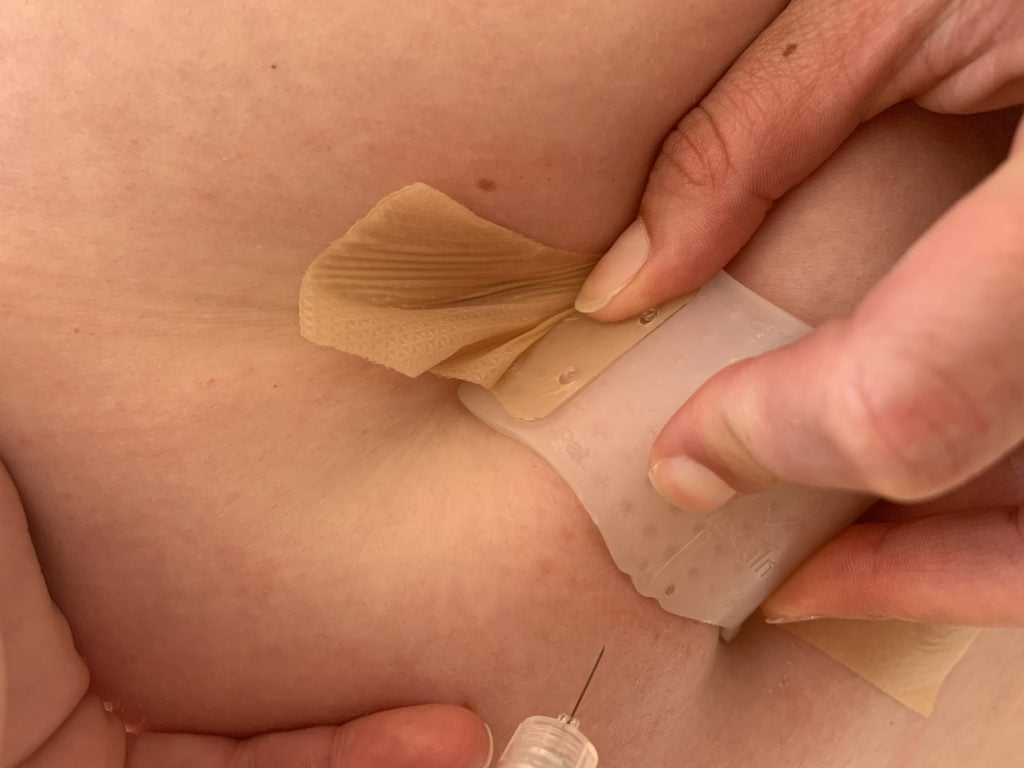Why Anticoagulant Injections Are Prescribed After Surgery
After surgery, the risk of developing blood clots increases—especially if your mobility is reduced.
To prevent complications such as deep vein thrombosis (DVT) and pulmonary embolism (PE), many patients are prescribed post-operative anticoagulant injections such as Clexane or Heparin.
In many cases, patients are discharged from hospital with these injections and are expected to self-administer at home—or for parents or carers to administer them to children. These injections play a vital role in recovery and are critical to reducing the risk of serious post-operative complications.
Why Do Some People Refuse or Skip Anticoagulant Injections?
Even when patients understand their importance, it’s common for injections to be delayed or skipped. Reasons include:
- Fear of needles (needle phobia)
- Fear of pain
- Previous negative experiences with injections
- Anxiety about self-injection
- Lack of understanding about the medication’s purpose
- Inadequate education before hospital discharge
- Limited support at home
- Discomfort or bruising at the injection site
Each of these factors can lead to missed doses—and increased medical risk.
Simple Strategies to Reduce Fear and Pain
1. Provide Clear Education Before Discharge
Before patients leave hospital, nurses or pharmacists should offer straightforward, hands-on education.
This includes explaining why anticoagulant injections are necessary, outlining potential risks of skipping doses, and providing a clear written schedule and step-by-step instructions for self-injection at home.
2. Offer Hands-On Injection Training
Hands-on guidance before discharge helps patients gain confidence.
Healthcare professionals can demonstrate:
- How to prepare the injection (if required)
- How to identify safe injection sites
- Correct injection technique
- Safe sharps disposal
A supervised trial injection in a controlled setting can dramatically reduce anxiety and help patients feel capable before going home.
3. Use Pre-Filled Syringes or Auto-Injectors
Where possible, pre-filled syringes and auto-injectors should be provided.
These simplify the process, reduce handling errors, and lower stress for patients who are anxious or unfamiliar with injections.
4. Reduce Pain at the Injection Site with NeedleCalm™
NeedleCalm™ is a simple, reusable comfort aid designed to reduce pain and distress during injections.
By applying gentle, controlled pressure to the skin, it helps block pain signals and calm the body’s natural stress response—making injections less intimidating and more tolerable.
Using NeedleCalm™ during anticoagulant injections can help patients associate the process with comfort rather than fear.
5. Provide Ongoing Support and Follow-Up
Follow-up calls or check-ins from nursing staff can reassure patients, answer questions, and identify early signs of anxiety or non-compliance.
A few minutes of post-discharge support can make a significant difference in adherence and recovery.
Conclusion
Injection fear is common—but manageable. With the right education, hands-on training, and comfort tools like NeedleCalm™, patients can overcome anxiety and maintain their post-operative anticoagulant schedule safely and confidently.
Fear should never be a barrier to care.
➡️ Learn more about how NeedleCalm™ reduces injection pain and anxiety at NeedleCalm.com.au

